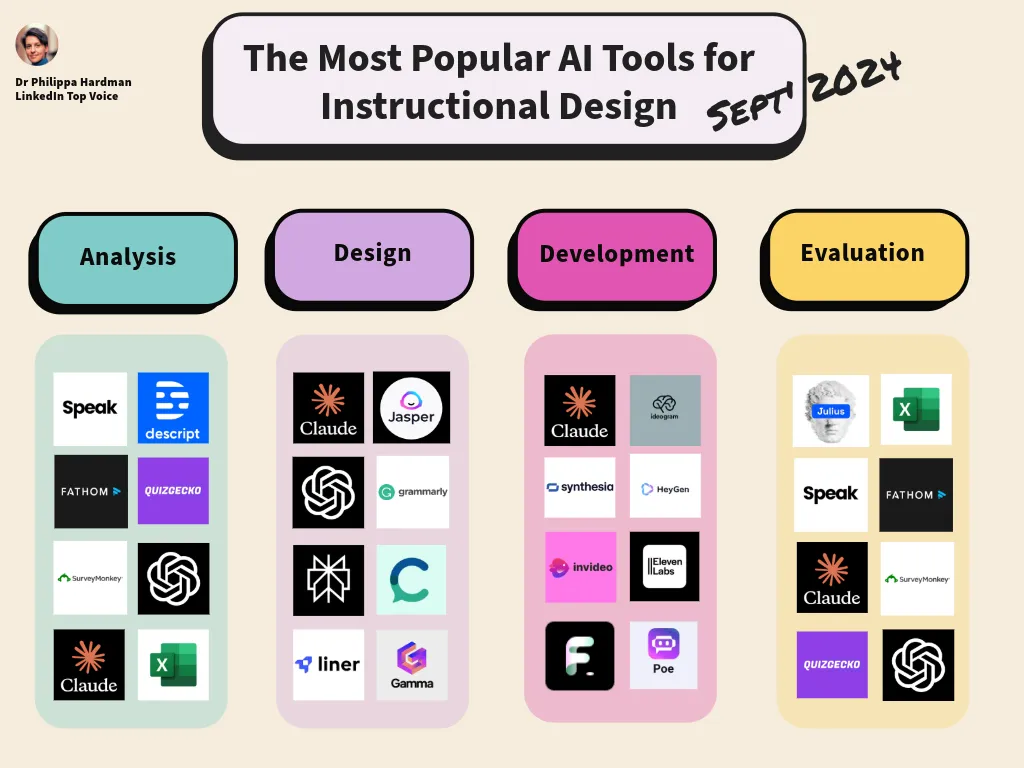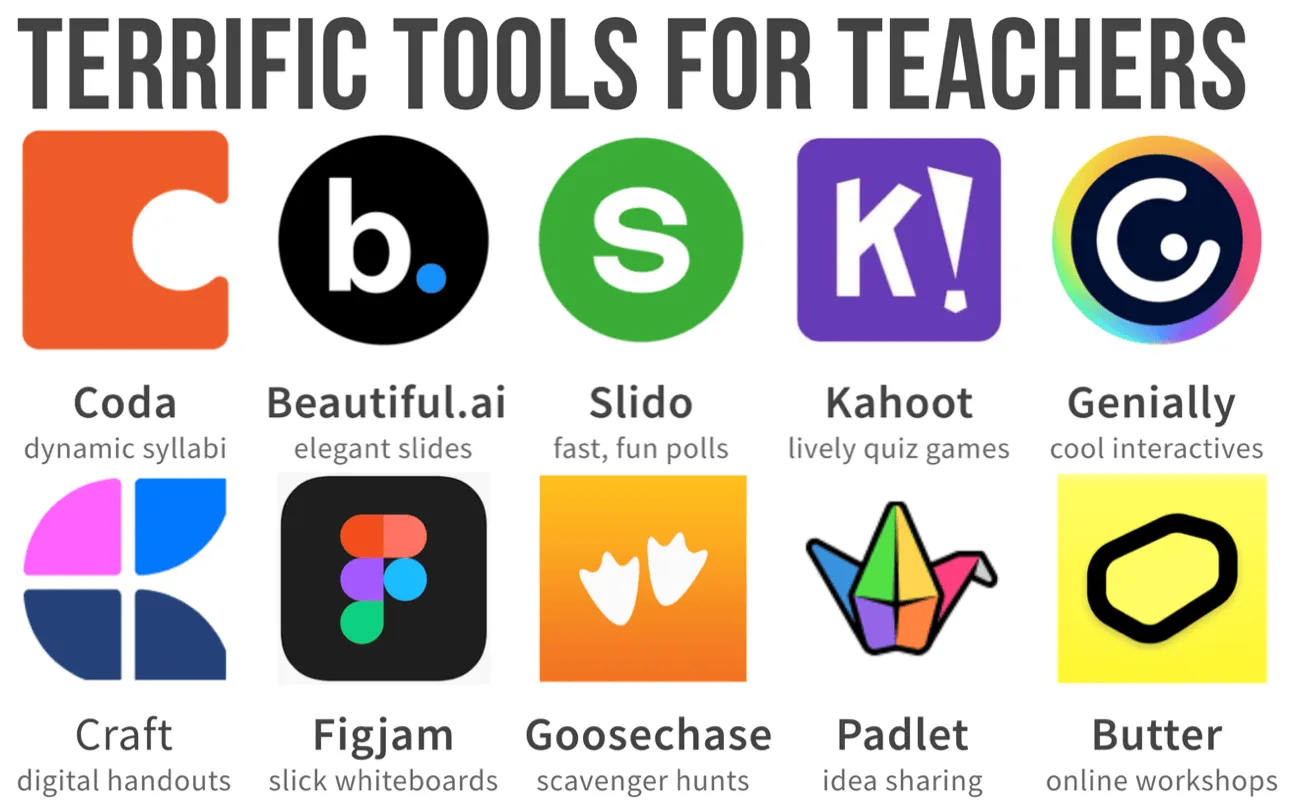Georgia Tech Aims to Take Lifetime Learning from Pastime to Pro — from workshift.org by Lilah Burke
As Americans live and work longer, many now find themselves needing to change jobs and careers several times within their lifetimes.
Now, Georgia Institute of Technology has created a new college to serve just these learners. Georgia Tech last week launched its College of Lifetime Learning, which will combine degree programs with non-degree programs, and seeks to educate 114K students by 2030. That would enable the university to double the current number of degrees granted and nondegree students served.
“What we’re hearing is that with the advancing pace of digitization taking place, changing demographics, people working longer, for example, higher ed needs to do something in addition to what it already has been doing” says Nelson Baker, interim dean of the new college.
Also see:
Is the Workplace the New College Campus? — from workshift.org by Joe Edelheit Ross
Now a quarter way through the 21st century, higher education is again in need of a reboot. Post Covid, colleges are closing one per week. More than 40M U.S. learners have started college but never finished. Nearly two-thirds of those learners would complete their degree but can’t afford to. Student debt now sits at almost $2T. Americans are losing faith in higher education.
Enter the apprenticeship degree, where students can earn a debt-free, four-year degree entirely embedded within a full-time, paid job. In the U.K., with government tax incentives, the apprenticeship-to-degree model has surged in eight years from zero to 50K new enrollments, making progress toward an expected 20% of postsecondary starts within the decade. As I have previously written, I believe the apprenticeship degree is just what American higher education needs to meet the moment.










:format(webp)/cdn.vox-cdn.com/uploads/chorus_asset/file/25613758/Huawei_Mate_XT_Ultimate_Design_hero.jpeg)

